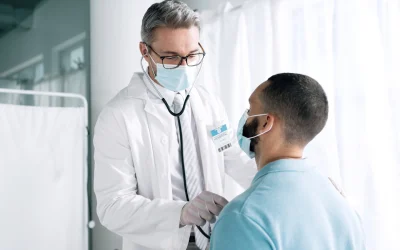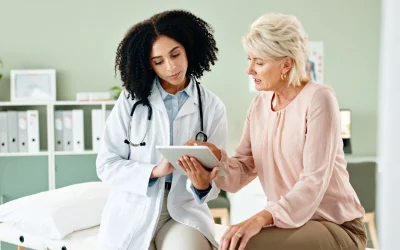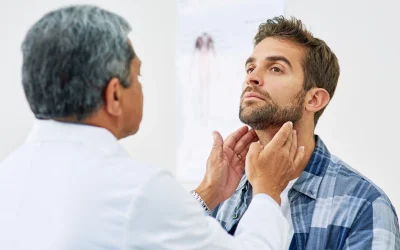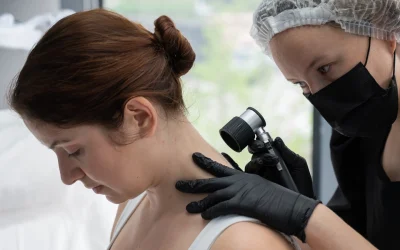The Benefits of Remote Monitoring for Direct Primary Care Patients
In the dynamic world of healthcare, Direct Primary Care (DPC) is carving out a niche by focusing on patient-centered care and accessibility. One of the most transformative elements enhancing DPC is remote monitoring. But what exactly does remote monitoring entail, and how does it benefit DPC patients? Let’s dive into the details.
What is Remote Monitoring?
Remote monitoring involves the use of digital technology to collect health data from patients outside traditional healthcare settings. This data is then transmitted to healthcare providers in real-time. Think of it as having a virtual health assistant that keeps track of your vital signs, medication adherence, and overall well-being, all from the comfort of your home.
Enhanced Patient Engagement
One of the most significant advantages of remote monitoring is the boost in patient engagement. With the ability to track their health metrics daily, patients become more invested in their health journey. Imagine having a fitness tracker but for your overall health. This constant feedback loop encourages patients to maintain healthy habits and stay proactive about their health.
Improved Chronic Disease Management
Remote monitoring is particularly beneficial for managing chronic diseases such as diabetes, hypertension, and heart disease. By continuously monitoring vital signs and symptoms, healthcare providers can detect early warning signs of potential complications. This proactive approach can prevent hospitalizations and reduce the need for emergency interventions.
Personalized Care Plans
Every patient is unique, and so are their healthcare needs. Remote monitoring allows for the creation of personalized care plans tailored to individual health metrics. For instance, if a patient’s blood pressure readings are consistently high, their care plan can be adjusted in real-time to address this issue. It’s like having a custom-tailored suit but for your health.
Convenience and Accessibility
Gone are the days when patients had to visit the clinic for every minor issue. Remote monitoring offers unparalleled convenience and accessibility. Patients can now receive quality care without leaving their homes, making it easier for those with mobility issues or those living in remote areas. It’s like having a doctor in your pocket.
Cost-Effectiveness
Healthcare costs are a significant concern for many patients. Remote monitoring can help reduce these costs by minimizing the need for frequent clinic visits and hospitalizations. By catching potential issues early, remote monitoring can save both time and money for patients and healthcare providers alike.
Real-Time Data and Analytics
Remote monitoring provides real-time data and analytics, offering a comprehensive view of a patient’s health status. This data can be invaluable for making informed decisions about treatment plans. Imagine having a crystal ball that gives you insights into your patient’s health; that’s the power of real-time data.
Enhanced Communication
Effective communication between patients and healthcare providers is crucial for successful treatment outcomes. Remote monitoring facilitates this by providing a seamless platform for continuous interaction. Patients can easily share their concerns, and healthcare providers can offer timely advice, creating a more collaborative healthcare environment.
Early Detection of Health Issues
One of the most compelling benefits of remote monitoring is the early detection of potential health issues. By continuously tracking vital signs and other health metrics, healthcare providers can identify abnormalities before they escalate into serious conditions. It’s like having an early warning system for your health.
Integration with Digital Health Platforms
Remote monitoring seamlessly integrates with various digital health platforms, providing a holistic view of a patient’s health. These platforms often come with user-friendly dashboards and analytical tools that make it easier for healthcare providers to interpret data and make informed decisions. It’s like having a high-tech command center for managing patient care.
Patient Empowerment
Remote monitoring empowers patients by giving them control over their health data. Patients can access their health metrics anytime, anywhere, fostering a sense of ownership and responsibility. It’s like giving patients the keys to their health.
Scalability
For DPC practices looking to scale their services, remote monitoring offers a scalable solution. With the ability to monitor multiple patients simultaneously, healthcare providers can expand their reach without compromising on the quality of care. It’s like having a magic wand that allows you to be in multiple places at once.
Data Security and Privacy
One of the primary concerns with digital health solutions is data security and privacy. Most remote monitoring systems come with robust security features to protect patient data. These systems comply with healthcare regulations like HIPAA, ensuring that patient information remains confidential and secure.
Summary
Remote monitoring is revolutionizing the way Direct Primary Care practices deliver patient care. From enhanced patient engagement to improved chronic disease management, the benefits are manifold. As healthcare continues to evolve, remote monitoring will undoubtedly play a pivotal role in shaping the future of patient care.
Ready to explore more about how remote monitoring can benefit your DPC practice? Check out our other resources or schedule a demo to learn more about our digital health platform and solutions.

















